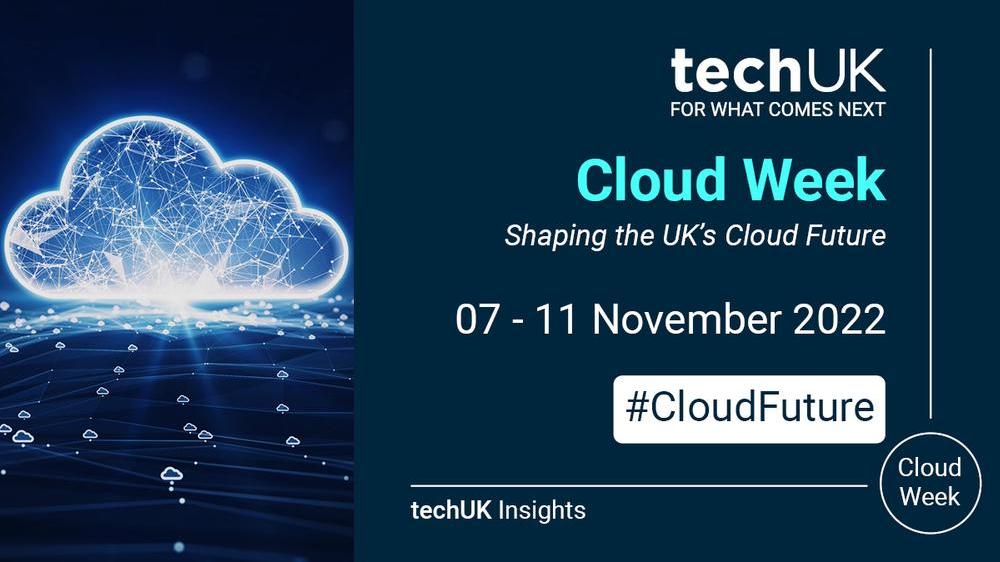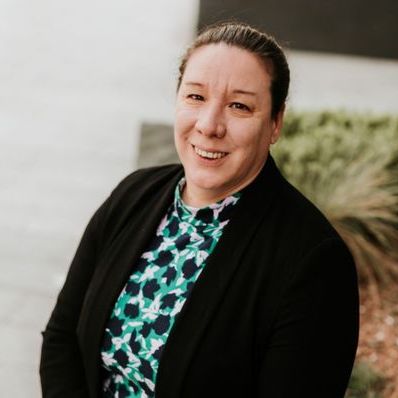How software company Lacework freed their DevOps teams and reduced their public cloud costs (Guest blog from Spot By NetApp)

Author: Rajh Das, Head of International, Spot by NetApp
How fast-growing software company Lacework freed their DevOps teams, increased efficiency by 20% and reduced cloud costs
Founded as a start-up in 2014, software security specialist Lacework has grown exponentially over the last few years. Lacework’s solution relies on the ingestion and analysis of vast amounts of security log and activity data runs on Kubernetes clusters in AWS. Without meticulous and time-consuming DevOps management these clusters can be highly inefficient and prohibitively expensive.
Lacework’s management recognised the value of their skilled inhouse team. They knew they needed to enhance their DevOps productivity to remain ahead of the competition.
Cluster Inefficiency and Drained DevOps was hindering progress
When Matthew Zeier, Senior Director of Production Engineering & Operations at Lacework joined the company in 2020, their Kubernetes clusters were being manually managed by the DevOps team. This resulted in significant cluster inefficiencies with pods either running on nodes that were far too large for their resource requirements, or worse, pods not getting scheduled in a timely fashion where nodes were too small for their needs.
Additionally, Matthew was running the clusters on EC2 spot instances to keep costs low. Coupled with the manual scaling of nodes to match pod requirements, ensuring that the spot instance interruptions didn’t disrupt production environments was a major drain on the team’s time and a distraction from their core tasks.
The Lacework team no longer needs to deal with manual, time-consuming compute layer management.
Automated Optimization for Kubernetes Clusters was the answer
After seeing that the do-it-yourself approach for Kubernetes was unsustainable for Laceworks’s rapidly expanding business, Matthew chose Spot Ocean from Spot by NetApp as a turn-key solution for automating and optimizing their over 20 Kubernetes clusters running on some 300 EC2 instances.
Spot Ocean is a serverless engine for Kubernetes in the public cloud, empowering businesses to rapidly and reliably deploy mission-critical workloads on an optimal blend of spot, reserved and on-demand instances, without needing to worry about compute infrastructure management.
“For me the entire Spot Ocean narrative is about freeing DevOps from manual work. Any task is more important than managing Kubernetes and its underlying compute,” Matthew noted. He further explained, “Spot Ocean automates cluster optimization for us, rapidly scaling nodes up and down as needed and bin-packing the remaining pods. This increased our compute utilization and cost efficiency by 20%.”
Results and Benefits – Freedom to focus on delivering the best software
The Lacework team no longer needs to deal with manual, time-consuming compute layer management.
Spot Ocean’s Tetris-like autoscaling allows Lacework to run applications with very different resource requirements, on a heterogeneous blend of all available EC2 instances within a single cluster. Whenever there are underutilized nodes in any of Lacework’s clusters, Spot Ocean will proactively scale down the excess resources, when appropriate, and bin-pack the remaining pods onto other nodes delivering on average a 20% increase in cluster utilization and cost efficiency.
Furthermore, Spot Ocean’s predictive algorithms help ensure that Lacework can run their applications on highly affordable spot instances without worrying about workload interruptions.
When it comes to visibility into cluster spend Matthew enthused: “I love Spot Ocean’s cost analysis for Kubernetes. Finally, I can have meaningful conversations with our engineers about what each and every pod actually costs in terms of compute and storage. This granularity which goes down the level of namespace, resource, annotations and label, allows us not only to do proper cost allocation, but dig into and remedy any surprise costs.”
Cloud Week 2022
We bring you news, views and insights from the technology sector on what cloud computing can enable in the UK
Insights and trends driving productivity and job satisfaction in DevOps
Guest blog from Spot by NetApp - #CloudFuture











